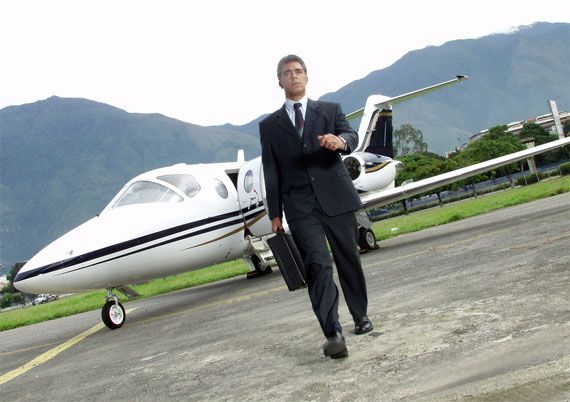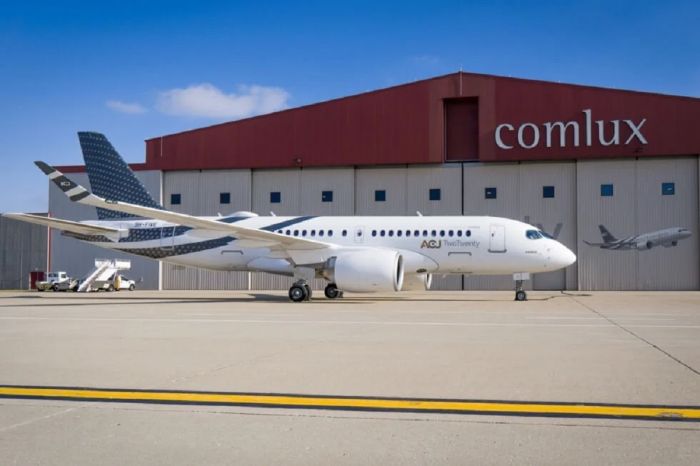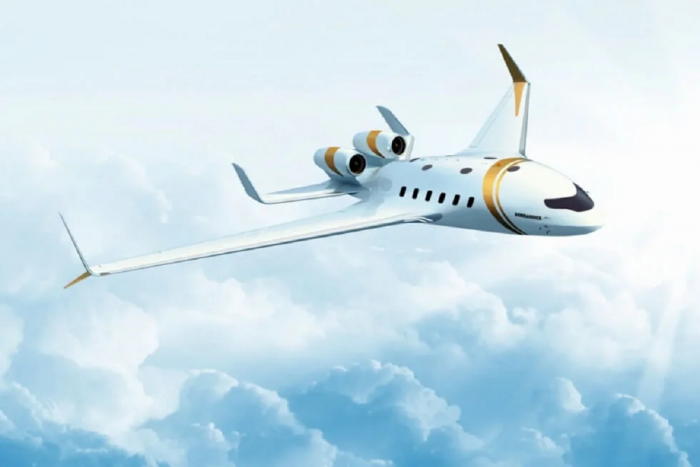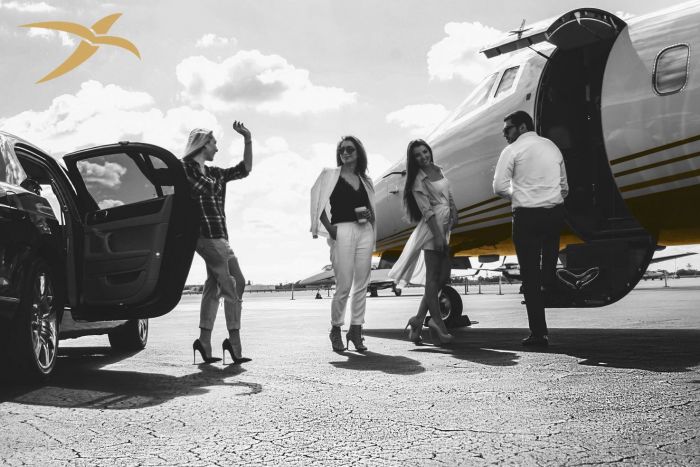
Photos Courtesy of Shutterstock/reventon2527
While booking a recent private jet charter to Aspen, a customer timidly asked, “Just how safe are private jets anyway?” I gave her a long list of our company’s outstanding safety inspection scores and provided her with information about her pilot and the plane she would be using for the trip.
After getting off the phone I realized that this question is probably lurking in the minds of many clients that charter private jets. This article is written to provide consumers with safety information about our industry. Moreover, there are links to valuable statistics and a variety of tools that can be used to check on the safety of your private jet charter company.
Private jets are fast and wonderfully convenient. They can access hundreds of airports throughout the world, making it possible to go places you just can’t get into on large commercial aircraft. For example, if you are a golfer, a private jet can take you within a ten to twenty minute drive to St. Andrews, Scotland, Bandon Dunes, OR, Pebble Beach, CA, Augusta National, GA (private) and Pinehurst, NC. Normally it would take at least this long to deplane from a standard aircraft. Private jets are also perfect for taking business associates, families and friends on holiday.

The FAA regulates all aviation in the United States, governing and controlling the operation of private, commercial and chartered aircraft. Commercial aircraft must operate under Federal aviation regulations (FAR) part 119, (and 23, 25 120 and 121 etc.) of the FAA’s regulations. In addition, private jet charter aircraft must adhere to part 135 of Title 14 of the Federal Aviation regulations.
This section of the code is designed for charter aircraft that have fewer than 30 seats and payloads of less than 7,500 pounds. The regulations are lengthy, complicated and precise. In many instances part 135 regulations are stricter than section 125 which governs large commercial aircraft.
In practice, FAA regulations and inspections carefully control and regulate the operation of private jet charter companies. Safety inspection scores are tabulated by the FAA and by outside inspection firms like Wyvern. The inspection scores include everything from protocol and procedures for flying, plane maintenance, pilot training, pilot flight protocol and experience.
Most passengers are not aware of it, but before and after each and every flight a rigorous set of checklists ensures that the plane is mechanically sound and ready to fly. FAA inspections include surprise inspections of everything from operation records to the mechanics and maintenance of the airplanes. Each charter company must have a flight manual that outlines flight procedures and the manual is approved by the FAA.
Charter airline pilots have qualifications similar to commercial airline pilots and they are regulated by the FAA. Since 9/11 these standards are even more carefully enforced. Pilots must be U.S. citizens, have perfectly clean police records, get a medical certificate from a FAA medical examiner, and in many cases have a college degree to work for a charter company.

Pilots also must meet minimum training and flight hour requirements to pilot private jets. The bare minimum to get a private pilot’s license is 40-60 hours of flying and flight school. To pilot almost anything above a private prop plane, an FAA Instrument rating is also needed. This takes an additional 50 hours of Pilot in Command (PIC) time and another 40 hours of flight or simulator training. For anything other than personal use, a Commercial certificate/pilot’s license issued by the FAA is required (For a total of 250 hours with cross-country and PIC training).
On top of this charter, pilots must have an Airport Transport License. This requires an entirely new level of FAA schooling and testing with at least 1,500 hours of flying time. Flying time is limited to 1,000 hours per year by the FAA. Most commercial pilots for charter and large domestic carriers have between 4,000-6,000 hours of flight time under their belt before they are allowed to captain an aircraft. In addition, testing and qualifications exist for specific types of aircraft. Experience on the planes in the company’s fleet is often a requirement for employment. For example, the company may require ratings for Falcon 2000 pilots or Lear jet experience.
In other words, the rules for piloting passengers are extremely strict making pilot proficiency quite high. Charter pilots are not like your Uncle Bob who would take the kids out for a spin in his plane. It takes a non-military pilot an average of four to six years of regular flying and testing before they are qualified to carry passengers. Pilot quality is especially high right now due to both the reduction of the large legacy fleets and the new crop of highly trained pilots that are coming out of the armed forces.
Each charter company operates under a specific Flight Standards District Office (FSDO). It’s possible for customers to contact the local FSDO of any charter company to inquire about the charter airline company and its safety record. If you are chartering a private plane through an agent they can do this research for you. In addition to the FSDO, there are private audit organizations that provide private audits and information about private charter companies. The International Business Aviation Council and Wyvern are two of these auditing agencies, but there are others.

Lastly, it is possible to access several sets of accident reports through Robert E. Brelling and Associates, a firm that specializes in business aircraft accident analysis reports. Through the National Business Aviation Association (NBAA) consumers can order a free aircraft charter consumer guide that explains things to take into consideration when choosing a charter company. Key safety statistics are also available directly from the FAA.
According to the Statistical Summary of Commercial Jet Airline Accidents from 1959-2010 compiled by Boeing between 2001-2010 there were only four charter passenger fatalities. This can be compared to the high hazard of driving a car. For example, in 2009 on average 93 people were killed on U.S. roads each day.
The safety of a private jet charter is further influenced by the following factors:
- Where the plane is flying, air traffic control
- The type of plane
- The age of the plane
- The experience and training of the pilots and crew
- Weather conditions
- Plane and equipment maintenance
- Company procedures and policies















